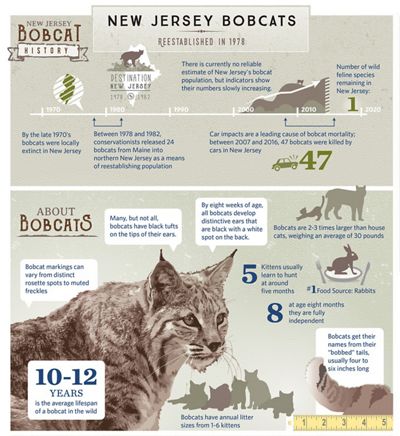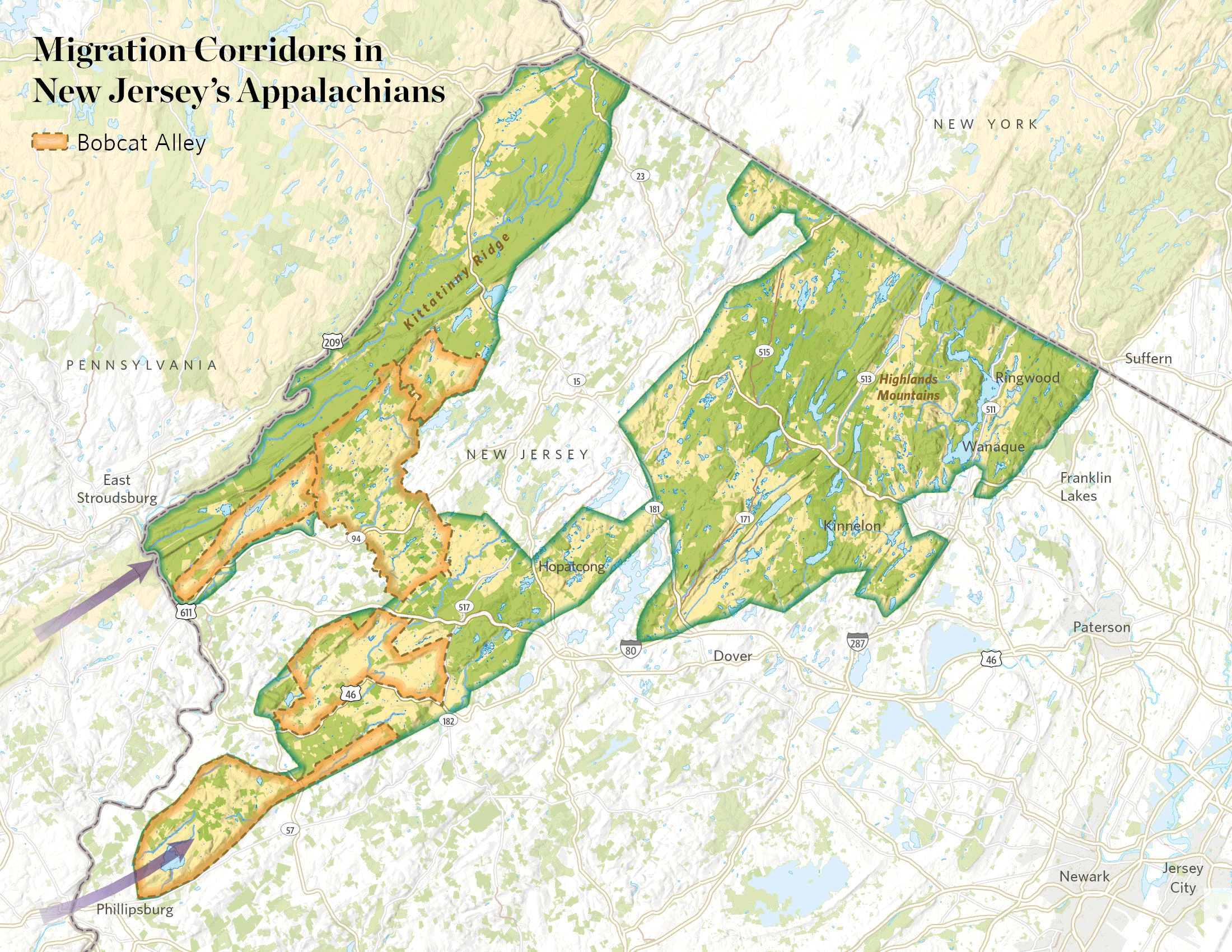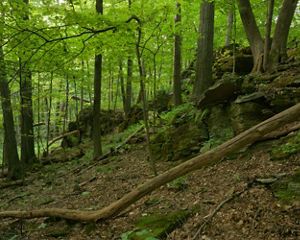
Building Bobcat Alley
Once nearly extinct in New Jersey, bobcats are trying to make a comeback. To survive, they need room to roam.
Key Takeaways
- Bobcats are on the threatened species list in New Jersey and urgently need land to live in and move through.
- The Nature Conservancy is protecting critical habitat for these native wild felines and other species by protecting land between and along two ridges of the Appalachian Mountain range in New Jersey.
- TNC and our partners have united around a goal of conserving 10,000 acres in Bobcat Alley by 2030, which combined with existing natural areas will result in 40% of the region being protected.
- Bobcat Alley is a priority landscape within the initiative to protect 50% (500,000 acres) of New Jersey’s best remaining lands by 2050.
Bobcats Without Borders
Since 2013, The Nature Conservancy has been leading land protection efforts in Bobcat Alley, a 96,000-acre habitat stronghold in New Jersey’s section of the Appalachian Mountain range. The forested corridor runs between and along the Kittatinny Ridge and southern portions of the Highlands, connecting more than 230,000 acres of preserved public lands including the Delaware Water Gap National Recreation Area, Stokes State Forest, Allamuchy Mountain State Park, Pequest Wildlife Management Area and expansive natural areas in neighboring New York and Pennsylvania.
Bobcat Alley is critical not only as a home range for New Jersey’s iconic wildlife, but it also plays an outsized role for species migration in eastern North America. Studies show that plants and animals are moving 11 miles northward and 36 feet upslope every decade in response to changing environmental conditions and that the Appalachians are a resilient refuge where this occurs. Bobcat Alley is an important link between the central and northern sections of this migratory superhighway.
Our ambitious goal for 2030 is to expand the amount of protected land in Bobcat Alley by 10,000 acres, so that 40% (about 40k acres) of these most important lands are locked in as connected green space. So far, with the help of our partners and supporters, we have protected more than 2,600 of those 10,000 acres. There is much more to be done!
Help Protect New Jersey Bobcats
Bobcats are New Jersey’s last remaining wild cats. Once nearly extinct in our state—and still threatened here—they are trying to make a comeback. What these elusive cats need most right now is room to roam.

Wildlife of Bobcat Alley
Much more than just bobcats—meet some of the many species that live in and migrate through New Jersey’s critical corridor! These iconic images were all captured in Bobcat Alley by National Geographic photographer and conservationist Steve Winter.
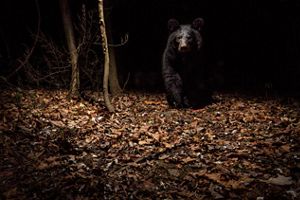
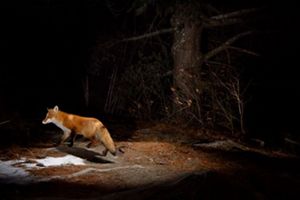
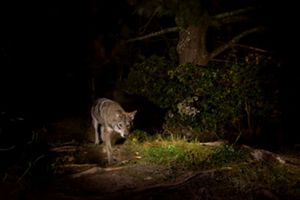
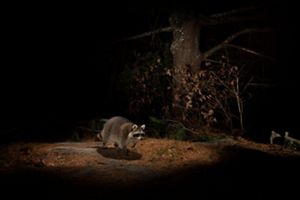

Black Bear: Black Bear in New Jersey's Bobcat Alley. © Steve Winter

Fox: A fox in New Jersey's Bobcat Alley. © Steve Winter

Coyote: A coyote in New Jersey's Bobcat Alley © Steve Winter

Raccoon: A raccoon in New Jersey's Bobcat Alley © Steve Winter
The Appalachians Migration Superhighway
More than 400 million years ago, natural forces conspired to make the Appalachians one of the most resilient, diverse and productive places on Earth. This ancient chain of forested mountains, valleys, wetlands and rivers spans roughly 2,000 miles from Alabama to Canada.
Within the Appalachians landscape, Bobcat Alley’s relatively small footprint plays a highly impactful role, offering forests, cold-water streams and rock outcrops that provide hallmark conditions for charismatic fauna like bobcats, black bears, red foxes and bog turtles. Animals moving along the Appalachian Mountain range need the connectivity of Bobcat Alley to access protected land in other states and mix with other populations within their species to ensure genetic diversity.

Two Appalachian ridges are vital within Bobcat Alley. The Kittatinny Ridge provides large, mature and undisturbed forests for roaming mammals and migrating neotropical birds like cerulean warblers. Hemlock, oak and pine flourish in the woodlands’ unique geology, along with rare plants like Hammond’s yellow spring beauty, which grows nowhere else in the world.
The Southern New Jersey Highlands—already touched by development—remain vulnerable to fragmentation from housing and construction, threatening their important intact stands of oak, beech, maple and hickory and the gray foxes, barred owls and river otters that rely on them. These forests also protect drinking water for most residents of northern New Jersey and contain stronghold habitats for brook trout, New Jersey’s state fish and only native trout.
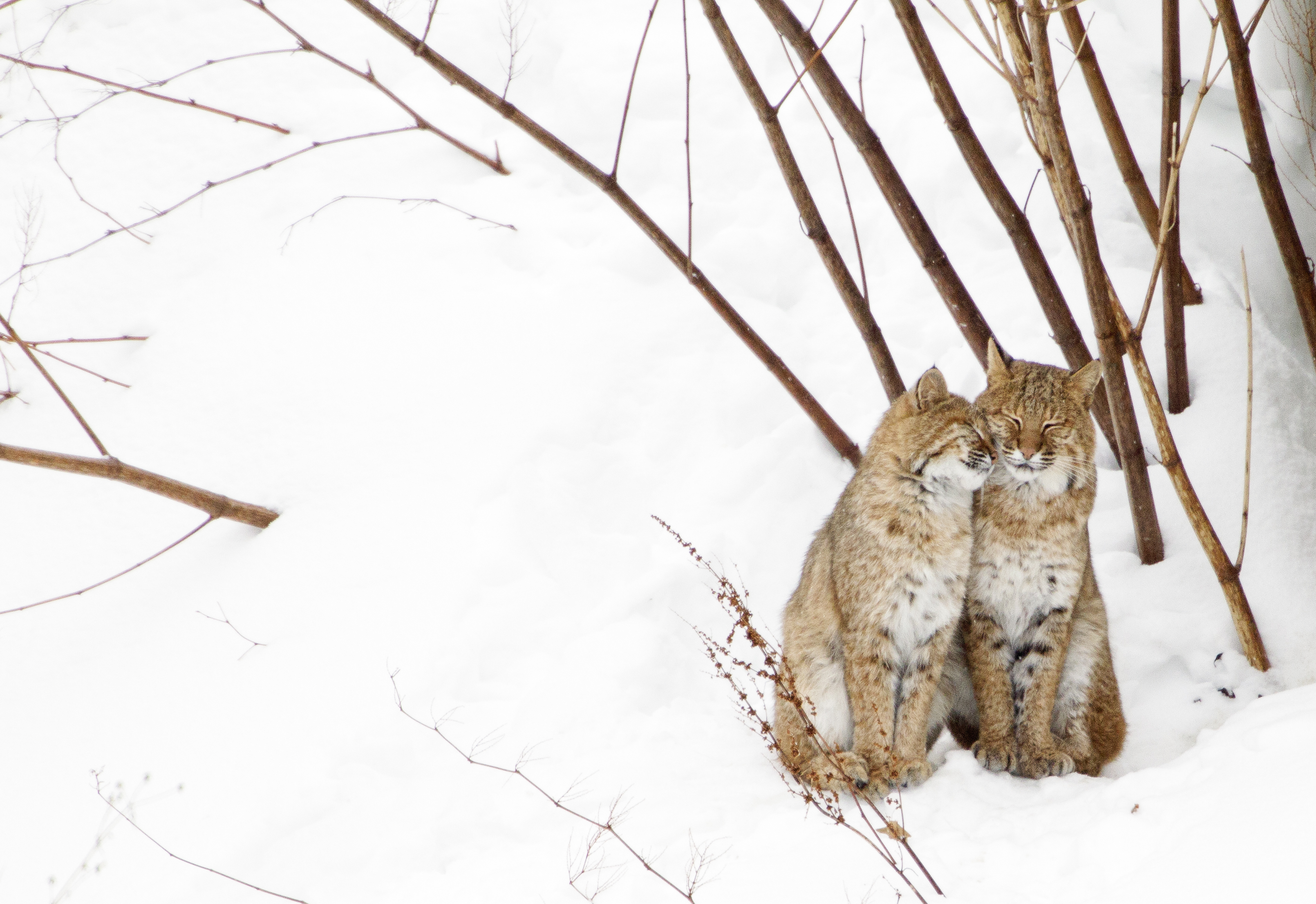
Our Future Is Now
50x50
New Jersey is projected to be the first state to reach “functional build out” when all land is either conserved or developed. About 1/3 of the state’s land area (1.4 million acres) is currently available, with nearly 1 million acres ranked highly for ecological, water and agricultural values. In recent years, despite available funding, the pace of New Jersey land conservation has slowed to an historic low.
To preserve our rich natural heritage and iconic wildlife, and to ensure the health of residents and future livability of the state, New Jersey must preserve at least 50% of the most important natural lands by 2050—about 500,000 acres. TNC is leading a charge with many partners to align policymakers, agencies and communities in urging the state to commit officially to that “50X50” goal. Habitat connectivity like Bobcat Alley and the Wildlife Corridor Action Plan (signed into law in 2025), along with natural resource protection and farmlands, are important components of that vision.
We need strong public support, bold leadership and quick, strategic action to move this initiative forward and to save our remaining natural and agricultural lands for people and wildlife—before those lands are gone.
